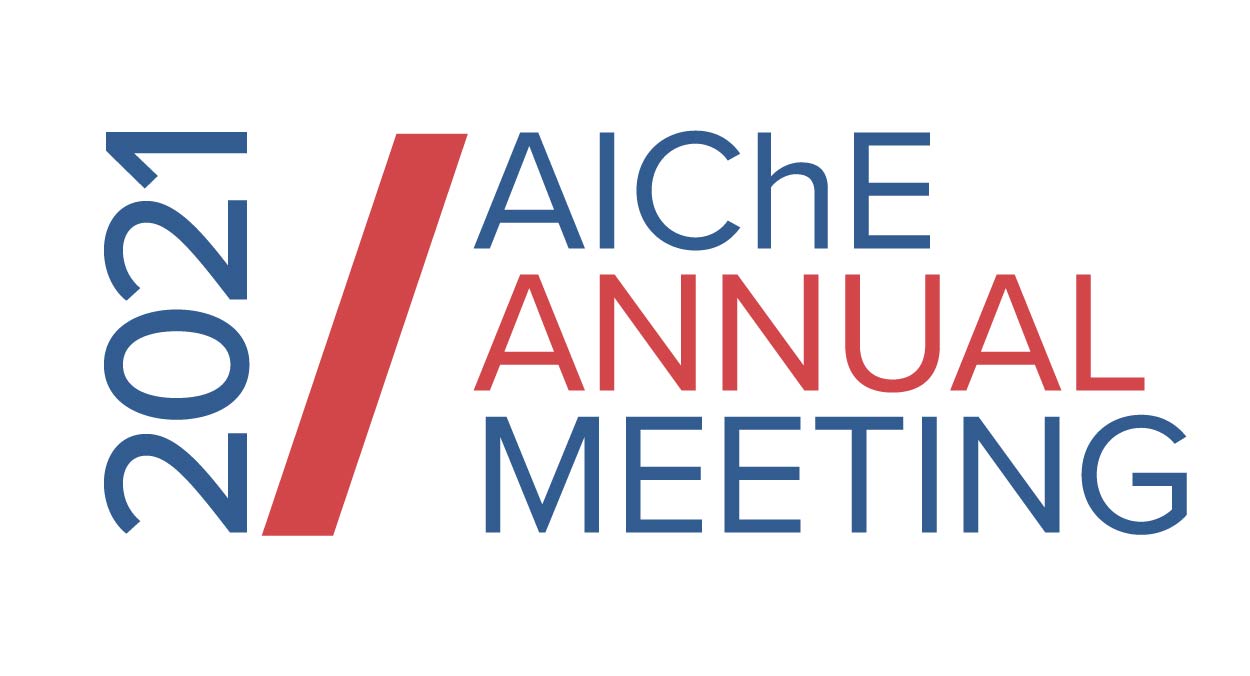

Methane decomposition is a pathway to produce solid carbon and molecular hydrogen without CO2. In methane pyrolysis on solid catalysts the carbon produced ultimately leads to catalyst deactivation and the removal of solid carbon is costly. Three-phase reaction systems combining a packed solid bed with a high temperature (800-1100 ˚C) molten salt are under investigation to facilitate continuous removal of the carbon. Carbon-based catalysts offer certain advantages over other solid catalysts, since there is no need for the carbon separation from the catalyst. The relative activities and stabilities for catalysis for the methane pyrolysis reaction of solid alumina and of solid carbon deposited on alumina were measured and compared in molten KBr and NaCl salts. Carbon-coated alumina was produced by the pyrolysis of methane at 1000 ˚C to coat alumina with 10wt% of carbon. It was found that γ-alumina in the absence of salt rapidly deactivated and at high temperature underwent a phase transition from γ to α phase. Carbon-coated γ-alumina in NaCl deactivated and in KBr was relatively inactive. Carbon-coated α phase alumina in NaCl remained active at 875 ˚C for over 50 hours, whereas in KBr minimal activity was observed. NaCl does not wet the solid carbon on the alumina surface thereby allowing the catalyst to maintain its activity due to preserving its active sites whereas KBr wets the solid carbon and poisons the active sites. These results support that carbon is an active catalyst for methane pyrolysis and molten NaCl postpones the deactivation of the catalyst significantly.
Presenter(s)
Once the content has been viewed and you have attested to it, you will be able to download and print a certificate for PDH credits.
If you have already viewed this content,
please click here
to login.
